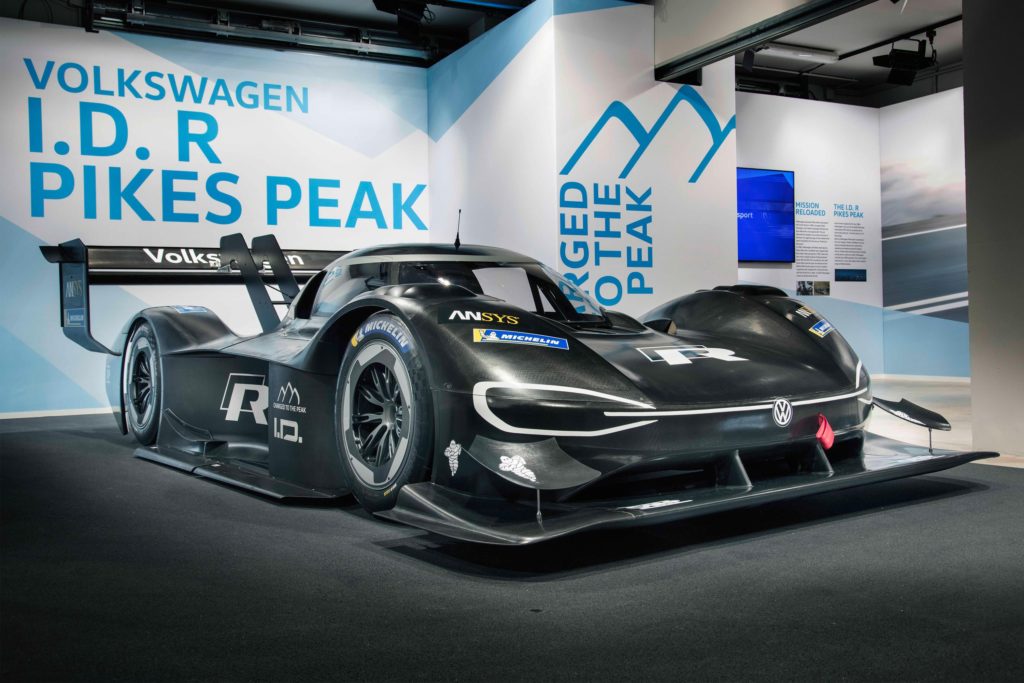The Volkswagen ID R Electric Race Car Is On A Mission
Although electric cars have made major gains in speed, most people, especially car enthusiasts, still look down on them. Sure, they may be achieving some relatively decent speeds, but there’s no way they can compete at a Grand Prix. Well, Volkswagen is out to prove them wrong.

The company has introduced the ID R electric race car and it is on a mission to prove that it can compete at major performance races.
Volkswagen has been testing the car at some major tracks around the world. First, it was the Pikes Peak International Hill Climb. In June of last year the car not only broke the record for electric cars, it broke the record for all classes. It achieved a time of 7:57.148. A modified Peugeot 208 rally car had set the previous record of 8:13.878.
More recently, starting at the end of April of this year, the race car has been in tests at the Nürburgring Nordschleife; know as the Ring, to set a new lap record for electric cars.
The initial tests laps are helping team ID R to make adjustments to the suspension, a new drag reduction system, and the ride height of the car to compensate for bumps on the track.
The drag reduction system will assist the car to take advantage of the long straightaways at the Ring, but still maintain its downforce in corners. The set up has to be different from the one used at the Pikes Peak run where the air is thinner.
VW has run computer simulations and the car has had time in a wind tunnel to mimic real-world conditions. The wind tunnel tests have helped VW engineers to fix body deformations.
Volkswagen has said that the race car is expected to achieve a time of 5:30 around the track. If that time could be accomplished, it would be a major achievement.
A Porsche 919 hybrid holds the track record of 5:19.55 that it set in June 2018.
Of course, the batteries are the most important element of an electric car. In the case of the ID R, the batteries are the heaviest portion of the car at 2,425-pounds. To deal with optimum weight distribution and to achieve a low center of gravity, the batteries are located in the center of the car. More specifically, the first battery is located next to the driver and the second is behind him.
The biggest demands on the batteries when the car finally makes its run for the record will be the high speeds the car must achieve on the long straightaways. The drag reduction system has been designed to help as it manages power and efficiency.
Twenty percent of the energy needed to attain a lap around the Ring will come from the car itself through energy recuperation when the driver brakes the car in the corners. The other 80 percent of the energy will come from the battery cells.
Whether or not the VW ID R racer can break the lap record at the Ring will not be known until this summer. Stay tuned!

